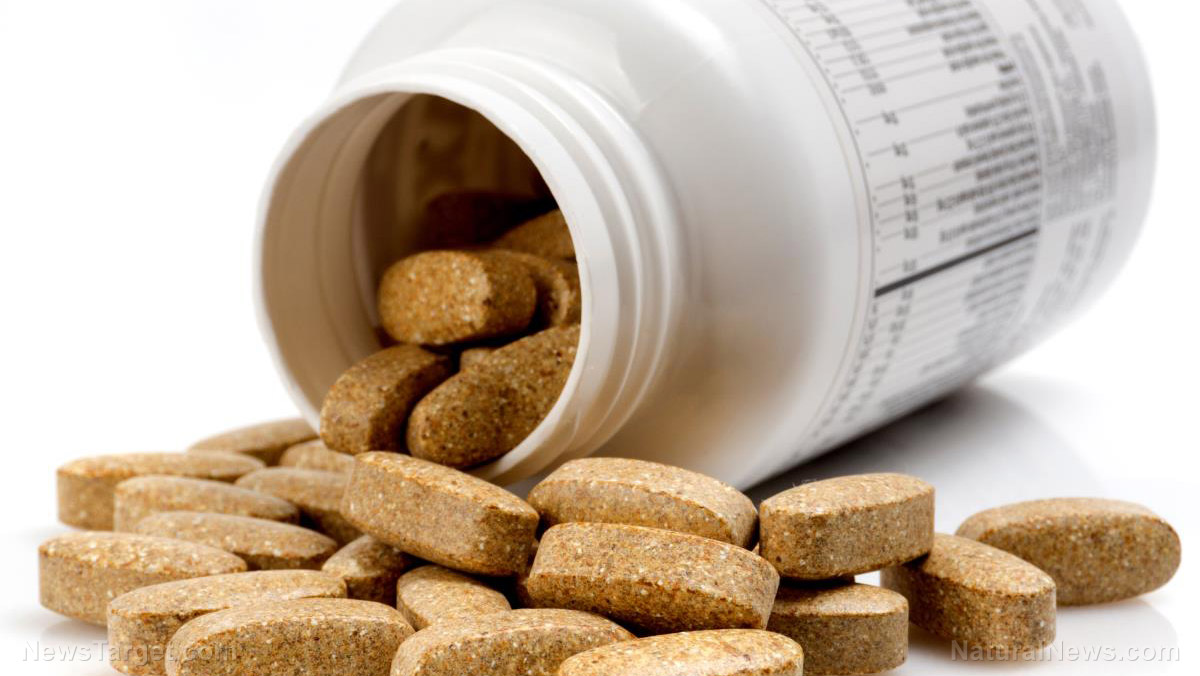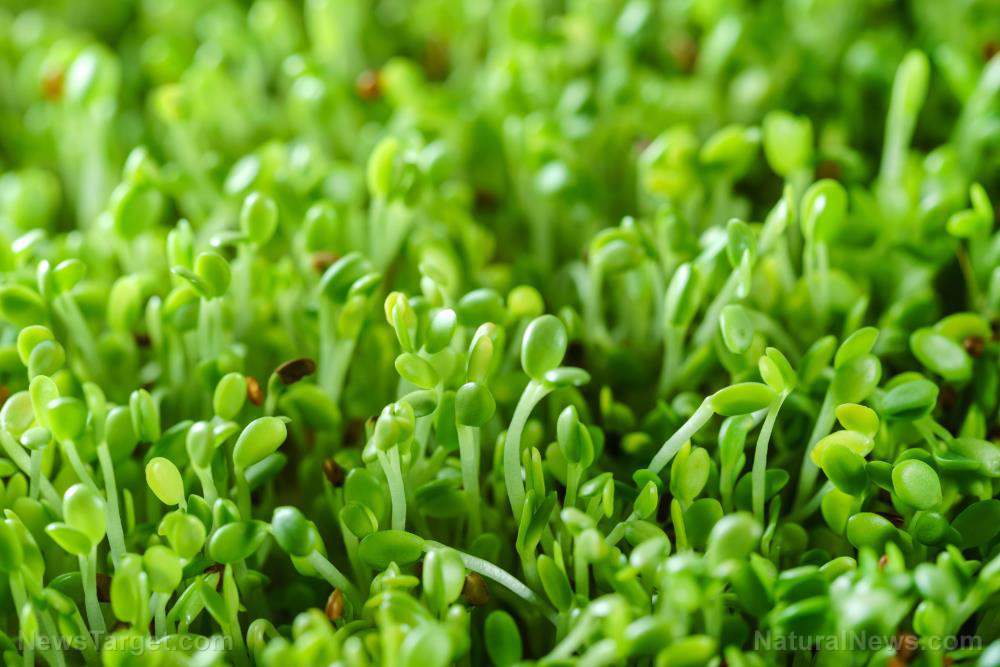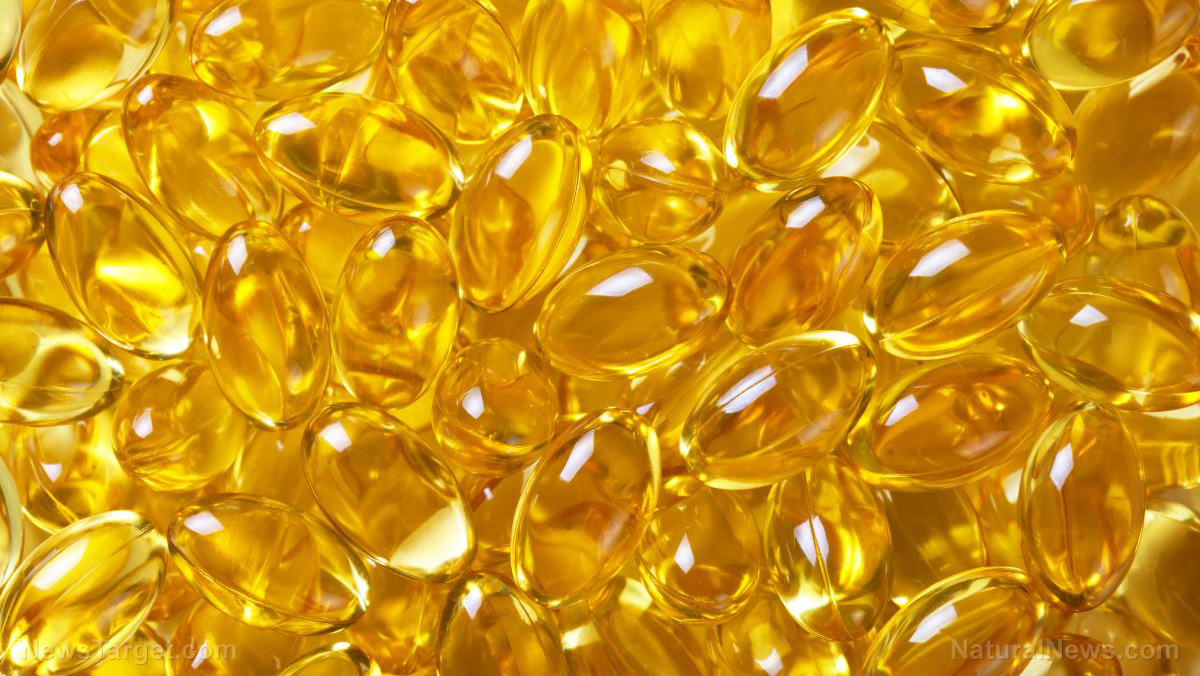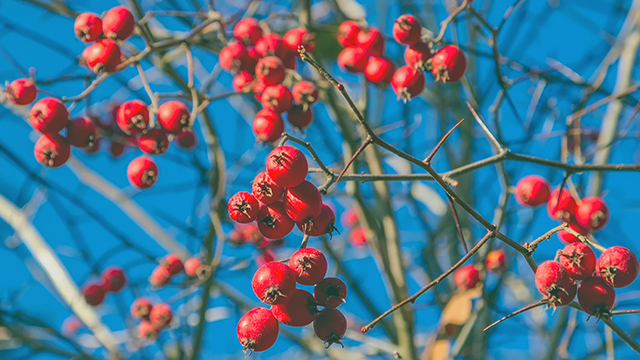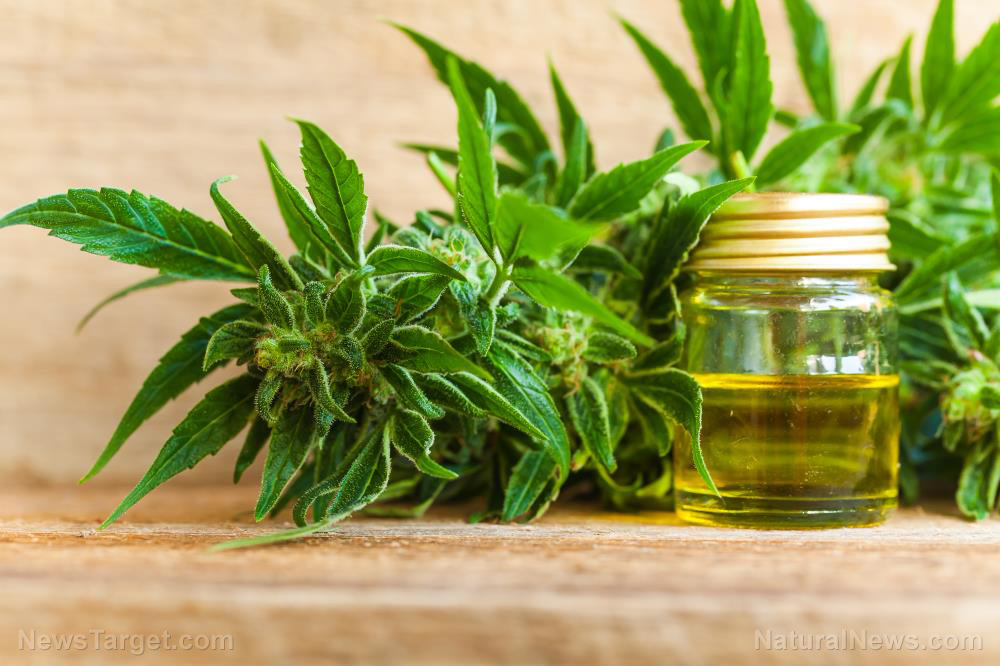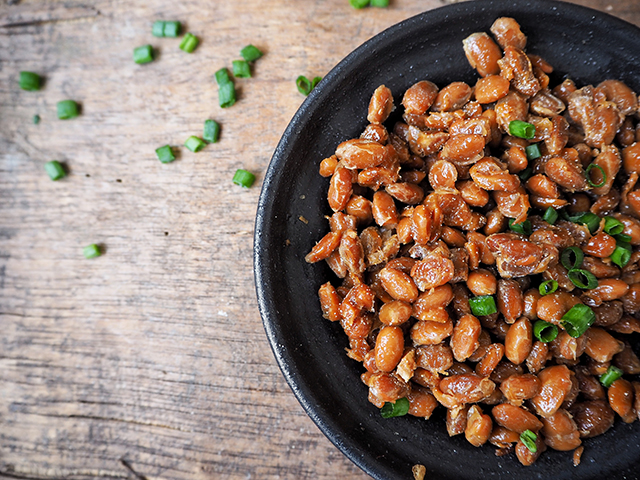Explore the multiple health benefits of the marking nut tree
11/11/2020 / By Evangelyn Rodriguez
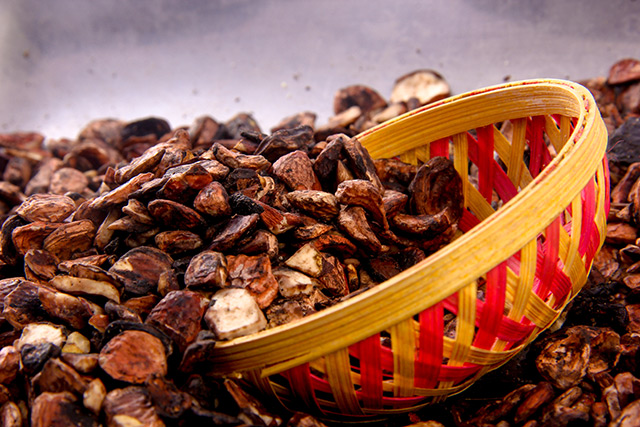
Semecarpus anacardium, or the marking nut tree, is a small to medium-sized tree native to East Asia. Although it’s resin can cause a severe rash when it comes into contact with skin, the marking nut tree is still widely cultivated as an ornamental plant and as a source of food, medicine and raw materials.
In India, the marking nut tree is highly valued for its medicinal properties and is used in Ayurvedic and Siddha medicine to make anti-cancer preparations, especially for hepatocellular carcinoma. Its fruit and seeds are also used as remedies for a wide variety of ailments, such as ulcers, skin disorders, worm infestation, digestive disorders, asthma and nerve-related disorders like sciatica, epilepsy and Bell’s palsy.
In a recent study, researchers from India decided to further explore the phytochemical properties of the marking nut tree. Its seeds, in particular, have attracted great interest and have been subjected to broad investigations. A number of active compounds, mostly flavones and flavanones, have been isolated from the aqueous and ethanolic extracts of marking nut tree seeds, but the phytochemicals present in their methanolic extracts have yet to be identified.
In their report, which was published in the International Journal of Green Pharmacy, the researchers discussed the results of their chemical analysis of four distinct methanolic fractions derived from marking nut tree seeds, all of which contained different catechol derivatives.
Phytochemicals in marking nut tree seeds and their beneficial properties
Plant-derived compounds play a key role in medicine, thanks to their biological activities. In fact, an estimated 30 percent of all modern medications currently in use were developed from plant compounds.
According to the World Health Organization (WHO), about 80 percent of the world’s population rely on plants for primary healthcare. Researchers believe that characterizing the components of medicinal plants is important for discovering the actual value of traditional remedies.
The marking nut tree is a member of the cashew (Anacardiaceae) family and is grown in different parts of India. Its nut milk is used in Siddha medicine to treat tuberculosis and autoimmune joint diseases. Its seeds, on the other hand, are used in Ayurveda to treat arthritis, leprosy, parasitic infections and venereal disorders. (Related: This Ayurvedic herb displays powerful cardioprotective effects in diabetics.)
According to previous studies, extracts from the nuts and seeds of the marking nut tree have antioxidant, anti-inflammatory, anti-arthritic, antimicrobial, anti-cancer and anti-diabetic properties. Some of the active compounds isolated from marking nut tree seeds include flavones and their derivatives (flavananones), namely, tetrahydroamentoflavone, semicarpoflavanone, jeediflavanone, galluflavanone, nallaflavanone, semecarpetin and anacardioflavanone.
Flavones are a class of flavonoids that serve as the basis of white or yellow plant pigments. Naturally occurring flavones, such as those found in celery, red peppers, chamomile, citrus peels and ginkgo biloba, are said to be among the most powerful flavonoids in the human diet. Because of their potent antioxidant activities, they can confer the greatest protection against free radicals known as reactive oxygen species.
Flavanones, on the other hand, are natural flavone derivatives associated with reduced risks of certain chronic diseases, such as cardiovascular disorders and some types of cancer. Like flavones, flavanones exhibit high antioxidant activities. Certain flavanones, such as hesperedin and naringenin from grapefruit, can even cross the blood-brain barrier and protect neurons from damage associated with neurodegenerative diseases.
To analyze the compounds present in marking nut seed methanolic extracts, the researchers used various chromatographic and spectrometric techniques and successfully isolated four catechol derivatives. According to a study published in Drug Invention Today, two of these compounds have potent anti-inflammatory properties. Treatment with the catechol derivatives reduced nitric oxide and pro-inflammatory cytokine levels in buccal tumor cell cultures.
Altogether these findings suggest that the seeds of the marking nut tree are a great source of antioxidant and anti-inflammatory compounds that are not only responsible for the plant’s medicinal applications but can also be used to protect against chronic diseases.
Sources include:
JPRSolutions.info [PDF]
Submit a correction >>
Tagged Under:
alternative medicine, anti-inflammatory, antioxidants, Ayurveda, disease prevention, disease treatment, herbal medicine, Herbs, marking nut tree, natural cures, natural medicine, phytonutrients, plant medicine, remedies, research, Siddha medicine
This article may contain statements that reflect the opinion of the author
RECENT NEWS & ARTICLES
Nutraceuticals.News is a fact-based public education website published by Nutraceuticals News Features, LLC.
All content copyright © 2018 by Nutraceuticals News Features, LLC.
Contact Us with Tips or Corrections
All trademarks, registered trademarks and servicemarks mentioned on this site are the property of their respective owners.



